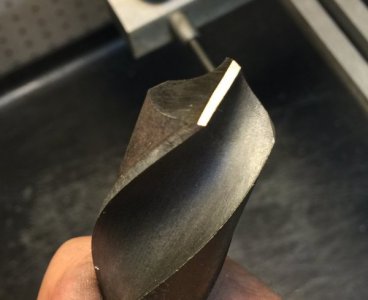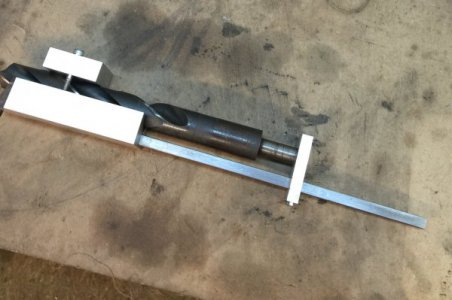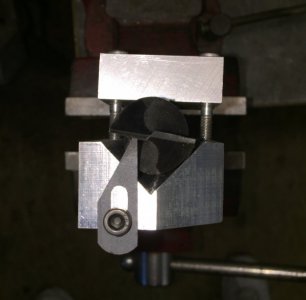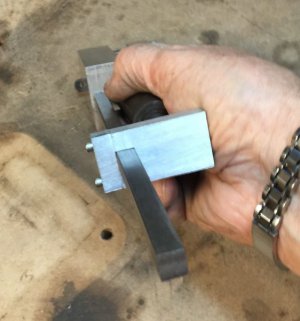All your points are somewhat valid, but in this instance, in my opinion, it won't really matter very much. I have had no problem with the diamond wheel. A CBN wheel may be better choice but not enough to justify the large price difference.Hi,
Very nice and well done project! First of all I would like to apologize for my so poor English but I'm French (near Paris…) … Like many of you, I'm tired of junking my "old" drill bits and I plan to realize a drill sharpener as you. That's why I'm a few question for you especially concerning the grinding wheel:
- You use a diamond grinding cup wheel but I think that it is not well suitable for steel (iron seems to chemically react with carbon… Something like that!). I think that CBN wheel (Cubic Boron Nitride) would be more suitable: What is your opinion? What about the prize difference?
- From the operator point of view, the cup rotates (I think) in a clockwise direction. Considering the position of the drill bit, the cup will grind it pulling the cutting edge backward: Is it true? Is it the right direction/process in the case of a diamond grinding wheel? Using common grinding wheels (made with abrasive aggregates), I think that the right direction is when the cutting edge is pulled foreward.
Thanks once again!
Sincerely,
You are correct about the direction being clockwise. The rotation in this direction is such it tends to keep the chuck pushed against the table while grinding ( which is desirable). The disadvantage is that there could possibly be a slight burr on the edge from the direction of grinding. I have had very little problem with this and when it has occurred , the burr is so thin it can be wiped off with my finger or a fine small stone. Once drills are sharpened on this machine, resharpening is usually grinding only a few thousandths of an inch to touch up the cutting edges. I have seen one built by a fellow with the drill angled up instead of down. This has several advantages in that it is easier to see the ground end and it eliminates any burr. It requires a little re-designing to make the table tilt down instead of up and makes the unit somewhat larger. This would be a good consideration, but the one I built previously works flawlessly, so I just stayed with the same design.
This design has the ability to be changed in many ways and still work well. Many people have built this machine and I don't think there are any two alike. It seems everyone puts their own "twist" on it. The important thing in its success is to keep the concept of how it works . The designer , John Moran, has designed a wonderful machine that is easy to build, simple to use, and makes a precision drill when properly setup. You can visit his website at www.gadgetbuilder.com and read much more about drill sharpening and this machine. John is a brilliant man and shares a lot of great information on his website.




